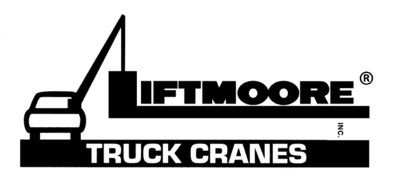Troubleshooting
Basic troubleshooting guide & information
This information covers basic procedures and information needed to aid you in trouble shooting and understanding issues with your crane.
Step #1
If nothing works, first check for battery voltage and/or hydraulic power below the crane. Second check the pendant control connection and that it has voltage and is sending signals to the valves or relays.
Step #2
What functions do not work on the crane? What functions are working? Check every function when something is not working. This will determine whether or not a safety circuit is tripped.
Step #3
Manual override features are located on all hydraulic valves. The button is located on the end of the valves and may be pushed or pulled to operate the valve. On electric cranes the pump must be working before operating the valve manually. Locate the function that is not working and check it manually. If it works manually the problem is electrical, not hydraulic.
Step #4
All DC powered cranes must have good voltage with adequate battery reserve to function. A bad or weak battery will not allow the crane to operate as it is intended. Loose or bad connections are the same as having a bad battery.
Step #5
Always use a volt meter (multi-meter) when checking the crane. A test light may not give you the information needed. A test light may continue to burn even though the voltage is too low. The crane’s voltage when running must be above 11.5 VDC.
Step #6
The crane must be running when voltage is measured. There may be adequate voltage before operating the crane but it will decrease as it is running. Voltage readings below 11.5 VDC are not adequate. At lower voltages amperage draw will increase and motors and solenoids will heat up rapidly under these conditions.
Step #7
The cause of most failures of hydraulic systems is trash or impurities in the oil. This is especially true of new cranes. Liftmoore provides an adapter fitting with all hydraulic cranes. This allows the pressure return hoses to be plumbed together and the system run to circulate the oil. Typically 5-10 minutes run time will allow the return line filter to clean any impurities from the Reservoir, Hoses & Fittings. Doing this recirculation will insure a good working crane with no issues.
Step #8
When was the oil last changed? Oil will deteriorate over time as impurities or condensation enter the system. Keep the reservoir as full as possible to reduce the amount of condensation that will enter the system.
Step #9
All Liftmoore cranes are provided with a means of disconnecting the crane from the battery power source. Failure to use the crane disconnect will result in corrosion, bad connection's and a shorter life of all components. Both DC powered cranes and hydraulic crane's must be turned off when not in use.
Learn more about the hydraulic systems used in our cranes
Our cranes are performance tested before shipping
Prior to shipment all cranes are run and checked for functionality. All cranes pass a performance test before shipping. Your Crane is designed for years of safe, trouble free operation. Insure yourself that you get the performance you expect by applying the simple yet important items covered above and in your owner’s manual.

Need an Owner's Manual?
If you have a valid crane serial number, you can download the owner's manual here.
